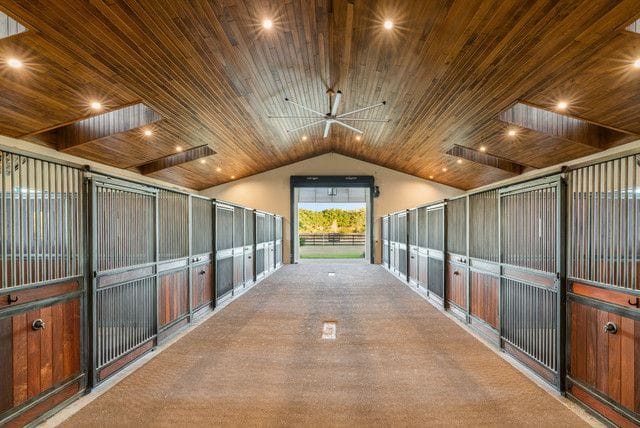
Equestrian sports have been a cornerstone of human competition and recreation for centuries, with disciplines like dressage, show jumping, and eventing captivating audiences worldwide. For those passionate about equestrian pursuits, having a well-designed sports stable is crucial for the health, happiness, and success of their equine partners. In this article, we'll delve into the key considerations for building a sports stable that fosters equestrian excellence.
A sports stable is more than just a place to house horses; it's a hub of activity that requires careful planning, attention to detail, and a deep understanding of equine behavior and psychology. A well-designed stable can help optimize the performance of horses, enhance the riding experience, and create a safe and enjoyable environment for both horses and riders.
Designing the Perfect Sports Stable
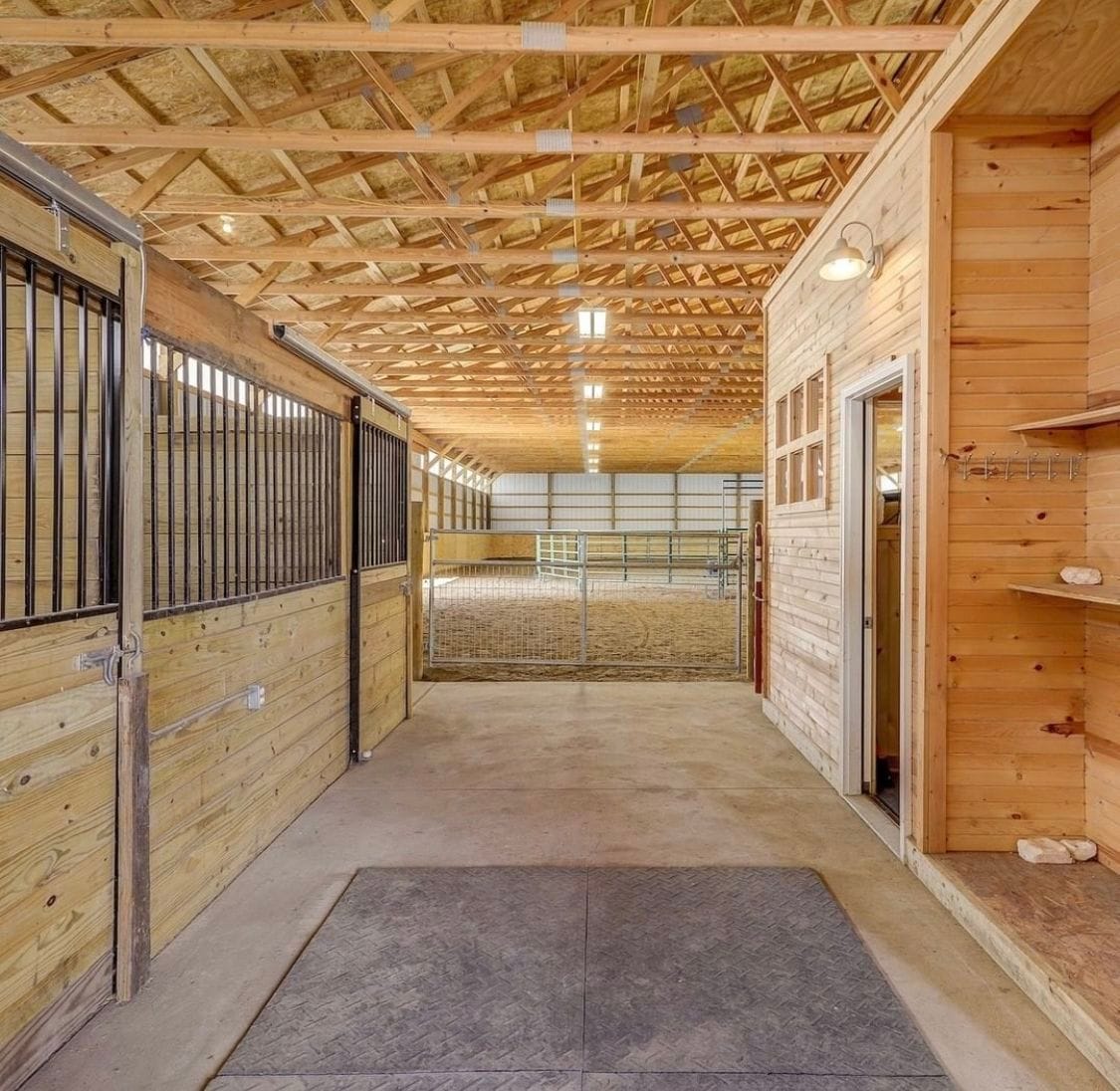
When designing a sports stable, several factors come into play. Here are some key considerations to keep in mind:
Ventilation and Lighting: Adequate ventilation and lighting are crucial for maintaining a healthy environment for horses. Natural light and airflow can help reduce the risk of respiratory problems and promote overall well-being. Space and Layout: A well-designed stable should provide ample space for horses to move around comfortably, with easy access to stalls, arenas, and other facilities. Consider the flow of traffic and ensure that the layout promotes efficient movement and reduces congestion. Safety Features: Safety should always be a top priority in a sports stable. Consider incorporating features like secure doors, non-slip flooring, and adequate drainage to minimize the risk of accidents.
Stable Design Considerations
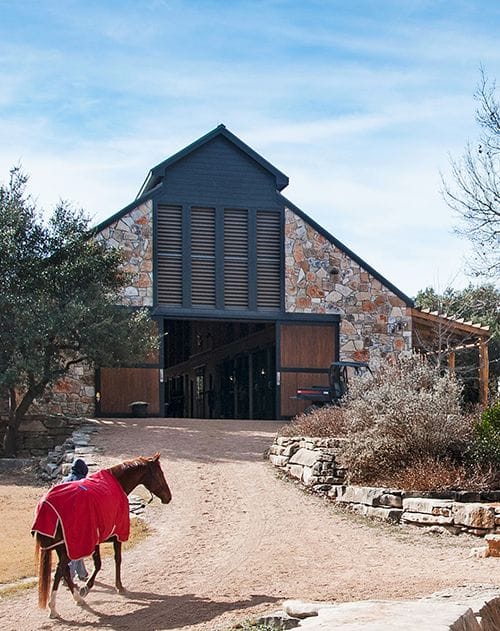
When it comes to designing a sports stable, there are several factors to consider:
Climate and Region: The climate and region in which the stable will be located should influence design decisions. For example, stables in hot climates may require more ventilation and shading, while those in colder climates may need to prioritize insulation and warmth. Budget and Resources: The budget and resources available for the project should also inform design decisions. Consider the materials, labor, and equipment required to build and maintain the stable. Equine Behavior and Psychology: Understanding equine behavior and psychology is essential for designing a stable that meets the needs of horses. Consider the social structure of horses, their natural behavior, and their spatial requirements.
Building a Sports Stable for Success
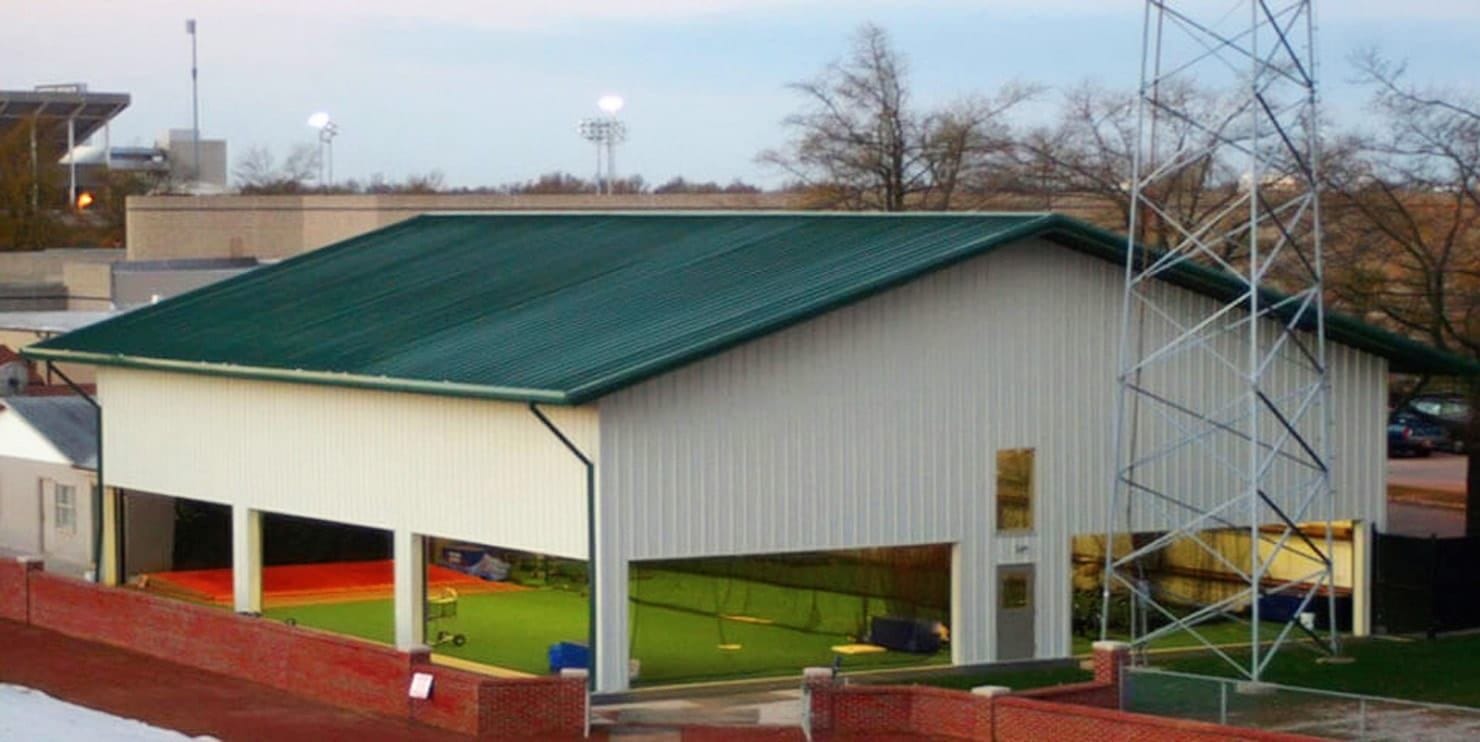
Building a sports stable that fosters equestrian excellence requires careful planning, attention to detail, and a deep understanding of equine behavior and psychology. Here are some key considerations for building a successful sports stable:
Choose the Right Location: The location of the stable can have a significant impact on its success. Consider factors like climate, accessibility, and proximity to amenities like veterinary care and feed suppliers. Select the Right Materials: The materials used to build the stable should be durable, safe, and easy to maintain. Consider using materials like wood, steel, and concrete that are resistant to wear and tear. Hire Experienced Contractors: Building a sports stable requires specialized knowledge and expertise. Consider hiring contractors who have experience building equestrian facilities.
Managing a Sports Stable for Optimal Performance
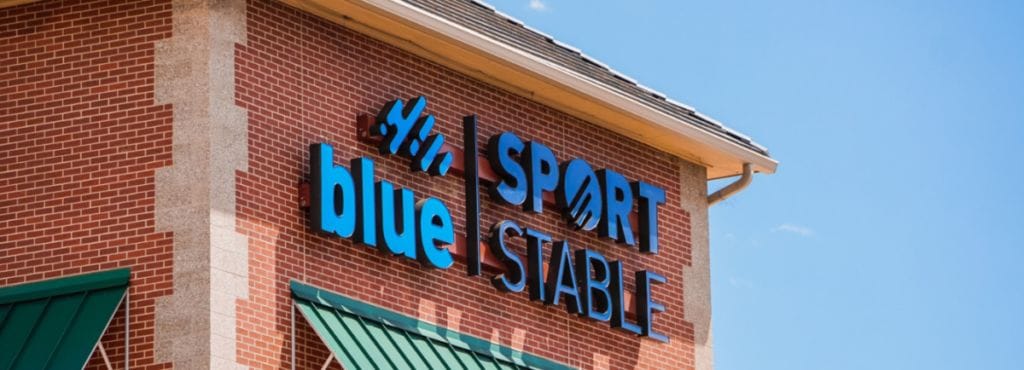
Managing a sports stable requires attention to detail, a deep understanding of equine behavior and psychology, and a commitment to providing optimal care and facilities for horses. Here are some key considerations for managing a sports stable:
Establish a Routine: Establishing a routine can help reduce stress and promote optimal performance in horses. Consider creating a schedule for feeding, grooming, and exercise. Monitor Health and Wellness: Monitoring the health and wellness of horses is crucial for optimal performance. Consider working with a veterinarian to develop a health and wellness plan. Provide Adequate Training and Exercise: Providing adequate training and exercise is essential for optimal performance in horses. Consider working with a trainer to develop a training plan.
Conclusion: Building a Sports Stable for Equestrian Excellence
Building a sports stable that fosters equestrian excellence requires careful planning, attention to detail, and a deep understanding of equine behavior and psychology. By considering factors like design, location, materials, and management, you can create a stable that promotes optimal performance, health, and happiness in horses. Whether you're a professional equestrian or a passionate enthusiast, building a sports stable that meets the needs of your equine partners can help you achieve your goals and enjoy the many rewards of equestrian sports.
What are the key considerations for designing a sports stable?
+Key considerations for designing a sports stable include ventilation and lighting, space and layout, safety features, climate and region, budget and resources, and equine behavior and psychology.
What materials are best for building a sports stable?
+Materials like wood, steel, and concrete are durable, safe, and easy to maintain, making them well-suited for building a sports stable.
How can I manage a sports stable for optimal performance?
+Managing a sports stable for optimal performance requires attention to detail, a deep understanding of equine behavior and psychology, and a commitment to providing optimal care and facilities for horses.